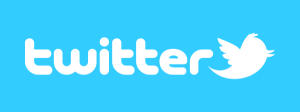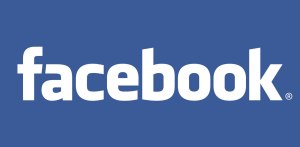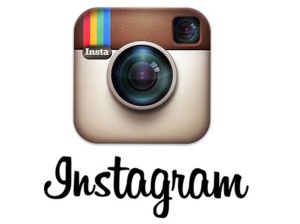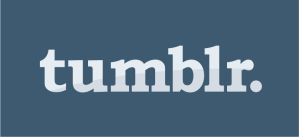On Friday, Alexandra Chang, freelance journalist and reporter for Wired, came to talk to our Social & Mobile Media class. She shared some important insight on not only finding sources on LinkedIn, Twitter, and more, but gave us tips for marketing ourselves as well. In this post, we’re going to break down each main social media platform we discussed and how to use them to your benefit.
1. LinkedIn
Most people discount LinkedIn, joking about how it’s only used by those who are unemployed and searching for a job, but Chang discussed using LinkedIn to find sources, especially because it’s easier to locate their contact information on LinkedIn as opposed to on Twitter or Facebook, where you simply don’t have room or know how to lock down your privacy settings really well. On LinkedIn, you can discover someone’s past employment history and often find their direct email address – or you can send them a message over LinkedIn. The only downside to this is that people often don’t check their LinkedIn messages as often as they do their email. You can choose to remain anonymous on LinkedIn as well so people can’t see that you’re looking at their profile; with a premium account, you can even see who is looking at your profile even if you’ve got your own account set to anonymous. You can deck out your own LinkedIn profile with all of the essential information that would go on a resume – and often more, which can be an advantage. Groups on LinkedIn are also a powerful resource for not only building your own network but for finding sources as well; Chang pointed us to this awesome group for journalists on LinkedIn to create connections. LinkedIn is a powerful and underrated way to get in contact with sources and build up your own professional network.
2. Twitter
Ah, Twitter. It seems as if you either love or you hate Twitter. But in today’s explosion of technology, if you’re a journalist, you’re going to have to jump on the Twitter bandwagon. Twitter is a powerful tool for tracking down people and connections. Chang pointed out Twiangulate, a site that allows you to pinpoint users who certain people mutually follow, or people who follow the same users, et cetera, et cetera. A really interesting and useful tool when it comes to trying to find people for a story or within your beat. When it comes to building your brand, Twitter is undoubtedly one of the most powerful platforms. Twitter offers the chance to share bite-sized pieces of information about yourself, your beat and your brand. And employers are looking. Facebook has many more privacy settings, and Twitter is often one of their first places to look. So make sure what they’re seeing is clean. Yes, that means taking down that photo where you graffitied “Cortland girls poop” across a house somewhere on Hudson on Cortaca. And that other Instagram post of you doing 10 shots. And the tweet about how hungover you were last weekend. Show your personality, but don’t overdo it. Keep it relevant to your interests – 80 percent of the stuff you post should be professional, the other 20 can be personal (but clean).
3. Facebook
Facebook, whether fortunately or not, has started to morph into not only a personal platform for sharing photos and updates with friends. It’s becoming a dynamic area for us to connect with other journalists and sources, and you have to learn to use that to your advantage. Even though Chang said she didn’t have a professional Facebook page for people to “like,” you can still use Facebook to message sources and get in contact with other journalists. This also means that you have to be careful what you have on Facebook, and what you do have should be protected as well as you can. Remember – cover photos are public forever. Be careful what you put at the top of your profile.
4. Instagram
Instagram – the photographer’s mortal enemy. While I could point out so many things about Instagram that are really annoying, especially coming from someone who’s interested in photography, I do have to admit that I like using Instagram, mostly because it’s easy and quick to post a photo to multiple platforms from a mobile device. Instagram tends to be more personal, but that doesn’t mean you can’t use it to your advantage in building your brand. Employers want to see that you’re interested in something, not just a cookie cutter student journalist. Use social media to show your passions – just not if those passions include binge drinking or being a pong champion. Use it to be smart and show who you are. Or know how to use your privacy settings.
5. Tumblr
While Chang didn’t discuss this platform too much, as an avid user of Tumblr, I think it’s definitely worth mentioning. Tumblr is a dynamic blogging platform that has millions of users. While it has a reputation as a platform for SuperWhoLock fangirls, Tumblr also has an easy-to-use interface and is a great way to stay on top of what’s happening in the grassroots. Chang discussed the Wired mobile journalism challenge, where four different reporters were challenged to cover a conference in Las Vegas only from their phones and upload content to a Tumblr blog. Tumblr is useful because it’s easy for multiple people to upload content to the same place as well as “reblog” other relevant content onto their own blog. In some ways, it could be considered the Twitter that allows for longer posts. Either way, it’s a platform that has a pretty solid fanbase and is a good resource for finding out what’s happening in the world.
“It doesn’t matter whether you’re a tech reporter or not, you should know about the latest technologies.” -Alexandra Chang




